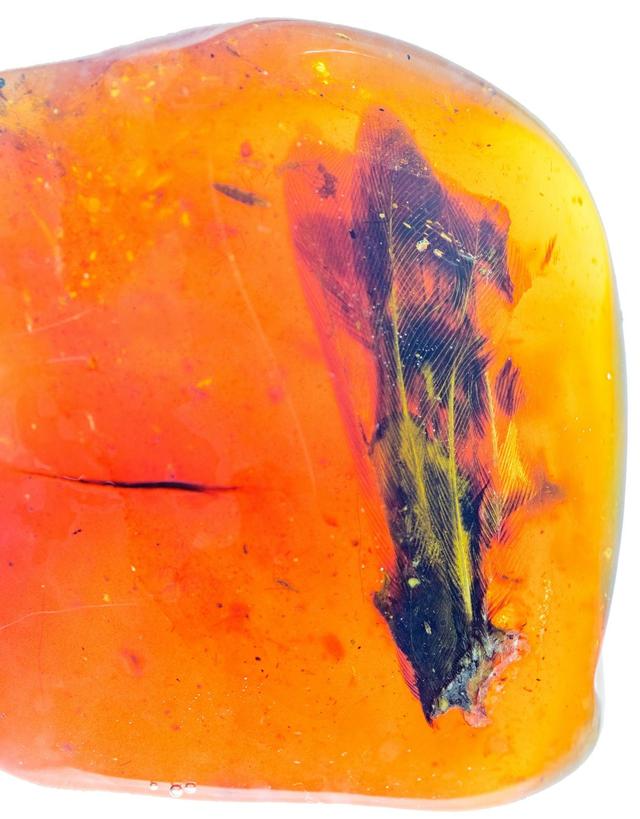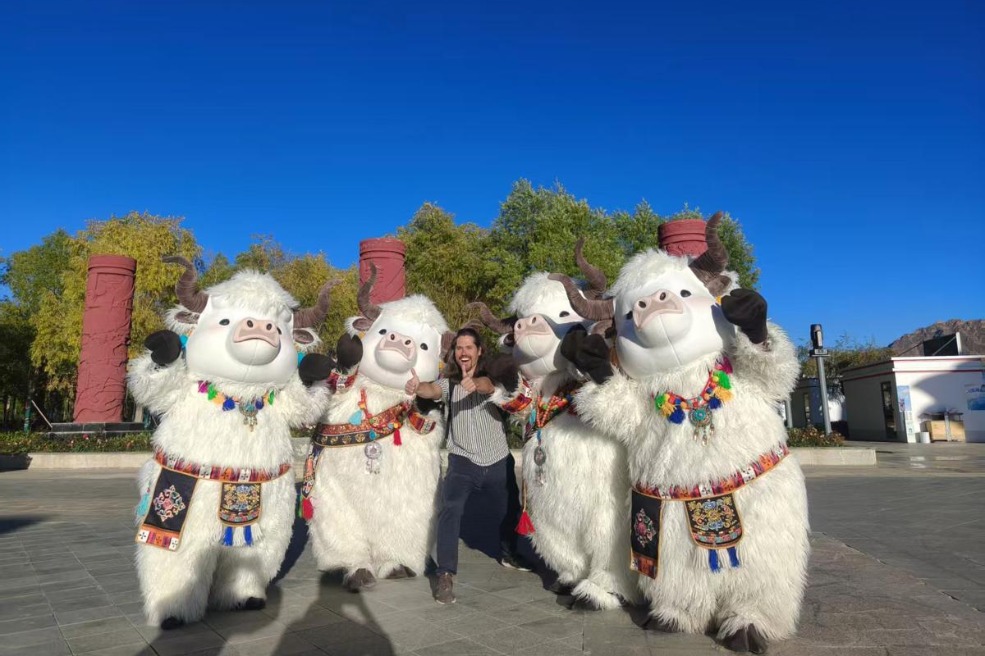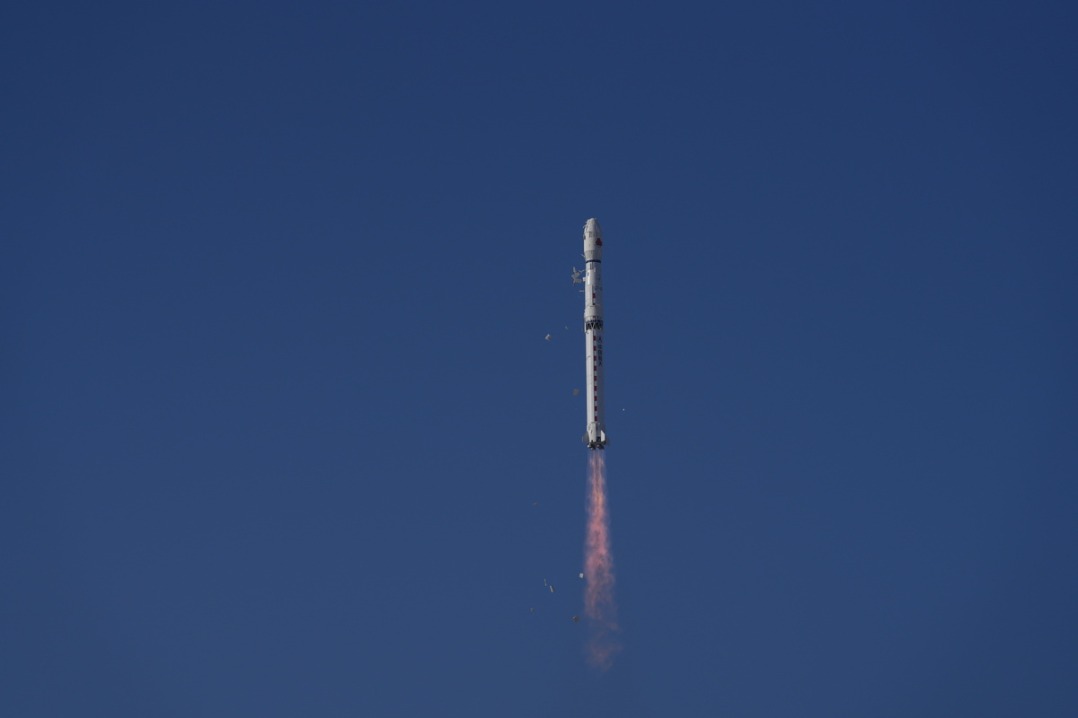Researchers discover unusually large bird wing in dinosaur-era amber


BEIJING -- An international team of researchers announced Monday that they have discovered an amber containing parts of an "unusually large" ancient bird wing dating back around 99 million years.
The bird wing found in Hukawng Valley in northern Myanmar, an area rich in amber fossil discoveries, is expected to help enrich the understanding of the size of ancient birds, according to Xing Lida, a paleontologist from the China University of Geosciences.
The amber, 5.3 cm long and weighing 79.4 grams, contains a fragmentary right wing with length measures less than a centimeter. It is thought to belong to enantiornithines, a group of extinct birds commonly found in the Cretaceous Period, Xing said.
Some feathers have also been preserved, with the longest at 37 mm. "It likely belonged to an individual that was about 10 cm long from its snout to vent," said Xing. "It could be a large enantiornithine or a new species of enantiornithines."
The results of the research were published in Cretaceous Research.
- Former senior official of Ningxia sentenced to death
- Development program narrows urban-rural gap in Guangdong
- Wuxi Winter Bazaar creates cross-cultural gathering
- Expressway service area featuring a natural hot spring to open soon in Guangdong
- Former Ningxia political advisor sentenced to death for bribery
- Former senior official of Jiangxi expelled from CPC





































